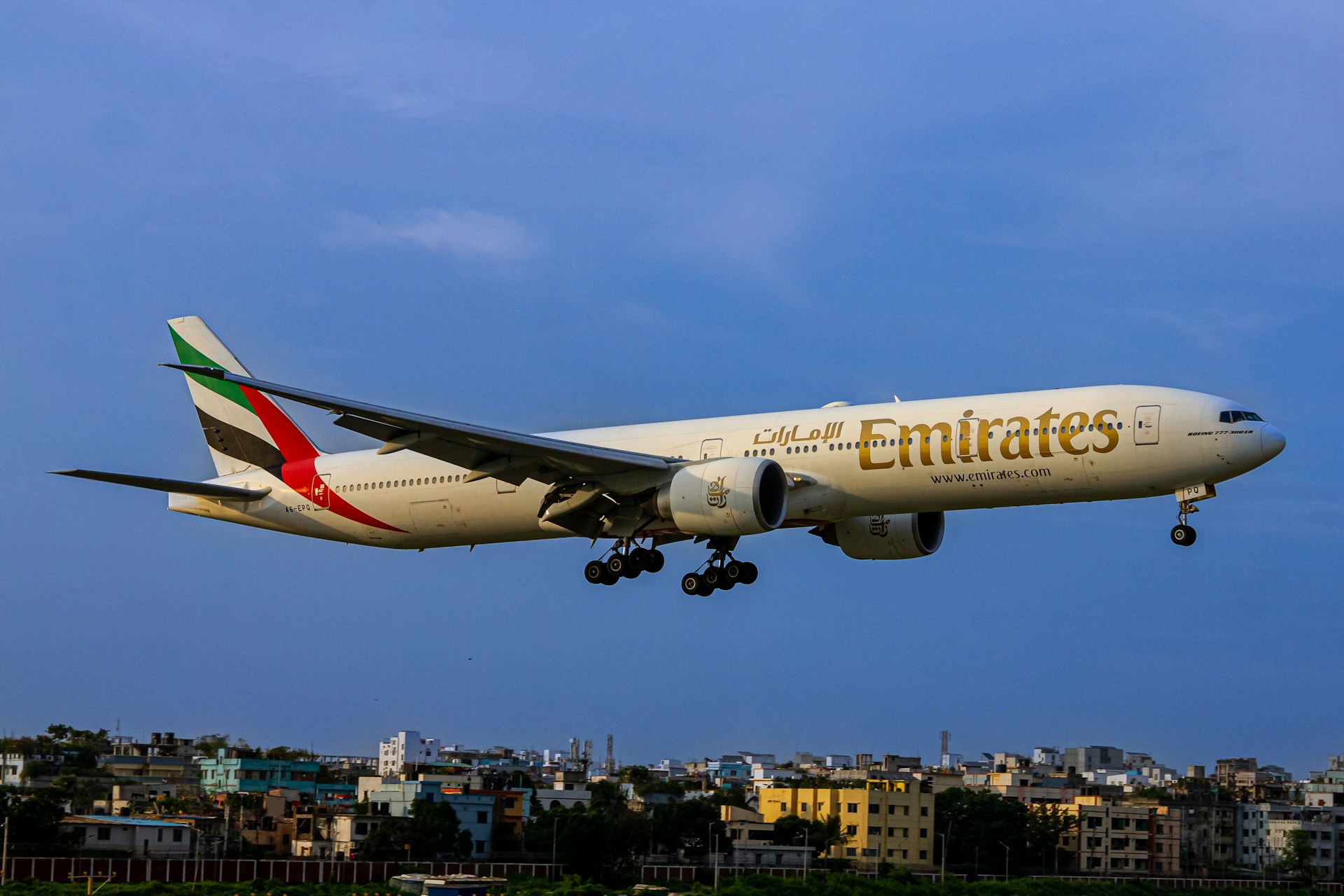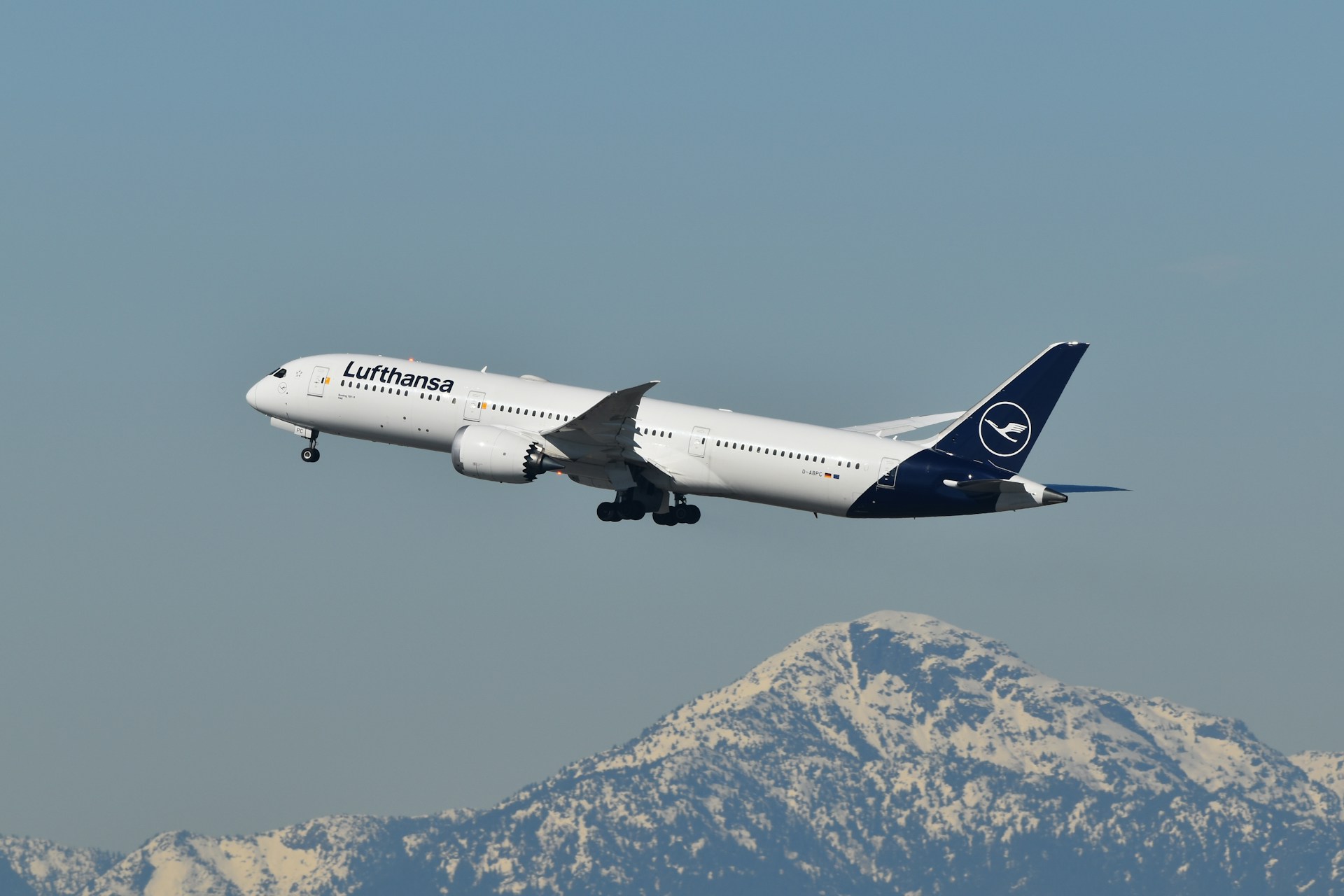Emirates’ Fleet Strategy in 2025: Powering a Global Aviation Giant
Key Takeaways
- Emirates operates the world’s largest Airbus A380 fleet, with 116 aircraft serving as the flagship of its long-haul network.
- The Boeing 777 family remains Emirates’ most numerous fleet type, with more than 130 aircraft in service and next-generation 777X jets on order.
- The airline has diversified with Boeing 787 Dreamliners and other wide-body aircraft to optimize medium-haul efficiency.
- Emirates SkyCargo continues expanding with dedicated freighters, reinforcing Dubai’s role as a global logistics hub.
- Fleet modernization emphasizes fuel efficiency, sustainability, and enhanced passenger experiences across all cabins.
Emirates Fleet Composition: A Strategic Aviation Powerhouse
Emirates has cemented its reputation as one of the world’s leading airlines through deliberate fleet planning and operational scale. As of 2025, the Dubai-based carrier operates nearly 270 aircraft, all of them wide-bodies, to serve over 140 destinations across six continents. This unique strategy positions Emirates as the only major global airline to exclusively operate wide-body aircraft, enabling unmatched global reach and premium service.
The Airbus A380 Advantage
The Airbus A380 is synonymous with Emirates. Operating 116 superjumbos, Emirates controls the world’s largest fleet of the double-decker aircraft. These jets remain central to its long-haul strategy, flying to major global hubs including London Heathrow, Paris Charles de Gaulle, New York JFK, and Sydney.
The A380’s expansive cabin allows Emirates to offer industry-defining features such as:
- First Class Shower Spas
- Onboard Business Lounges
- Spacious Economy cabins
These features differentiate Emirates in a crowded long-haul market, while the aircraft’s high passenger capacity supports the airline’s hub-and-spoke model through Dubai.
The Boeing 777: Emirates’ Workhorse
While the A380 is the flagship, the Boeing 777 family forms the numerical backbone of Emirates’ operations. The airline operates over 130 Boeing 777s, including:
- 777-300ERs for long-haul, high-capacity routes
- 777-200LRs for ultra-long-range services
- Future 777X aircraft on order, featuring improved fuel efficiency and next-generation cabin design
The 777’s flexibility, reliability, and range make it Emirates’ most vital fleet type, serving markets where the A380 is either too large or less economical.

Fleet Diversification With the Boeing 787
Recognizing the need for more efficient mid-size wide-bodies, Emirates has added the Boeing 787 Dreamliner to its order book. The aircraft’s 25% lower fuel burn, quieter cabins, and modern interiors make it an ideal complement to Emirates’ larger jets.
The 787 is expected to serve medium-haul and emerging markets, giving Emirates flexibility where deploying an A380 or 777 would be oversized.
SkyCargo and Global Logistics
Beyond passenger travel, Emirates SkyCargo is a critical arm of the airline’s business. With dedicated Boeing 777 Freighters and cargo capacity in passenger wide-bodies, the airline supports Dubai’s role as a global logistics hub.
SkyCargo operations connect Asia, Europe, the Middle East, Africa, and the Americas, playing a pivotal role in e-commerce, pharmaceuticals, and high-value logistics.
Sustainability and Fleet Modernization
Emirates continues to prioritize fleet modernization as aviation faces environmental challenges. By phasing in new aircraft like the Boeing 787 and 777X, and maintaining one of the youngest fleets in the industry, Emirates is reducing its carbon footprint while maintaining premium service standards.
Passenger experience upgrades include:
- Enhanced in-flight entertainment with hundreds of channels
- High-speed onboard Wi-Fi
- Refreshed cabin interiors across all classes
Dubai International Airport serves as Emirates’ global hub and engineering base, ensuring world-class fleet maintenance and operational reliability.
FAQs
How many aircraft does Emirates operate in 2025?
Emirates operates about 270 aircraft, one of the world’s largest wide-body fleets.
What is Emirates’ most common aircraft type?
The Boeing 777 family is the most numerous, with over 130 planes in service.
Why does Emirates operate so many A380s?
The A380 allows Emirates to maximize capacity on high-demand routes while offering premium amenities that differentiate its brand.
Does Emirates operate narrow-body aircraft?
No. Emirates operates an all wide-body fleet, unique among major global carriers.
What new aircraft are being added?
Emirates is taking deliveries of Boeing 787 Dreamliners and has significant orders for the Boeing 777X, both focused on efficiency and passenger comfort.
How does Emirates’ fleet compare to competitors?
Emirates operates one of the youngest and most fuel-efficient fleets globally, with a distinctive all wide-body strategy that reflects its hub model in Dubai.
✈️ With its A380 dominance, 777 backbone, and future 787/777X integration, Emirates continues to refine a fleet strategy that blends scale, efficiency, and passenger luxury—cementing its position as a global aviation powerhouse.
.zip%20-%201.PNG)

.jpg)

